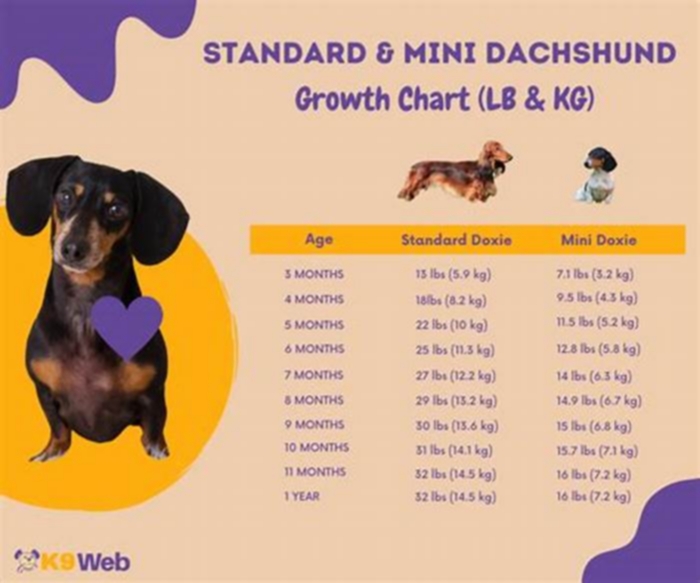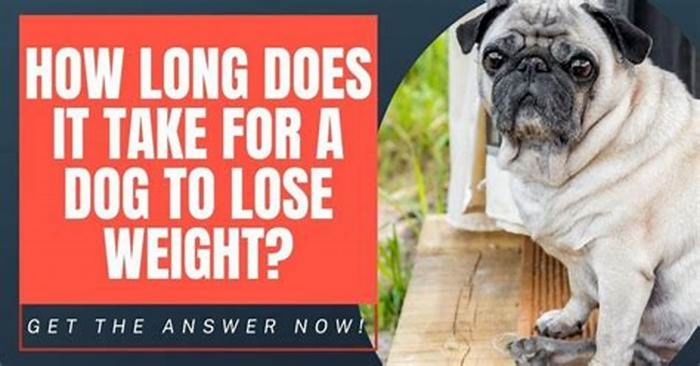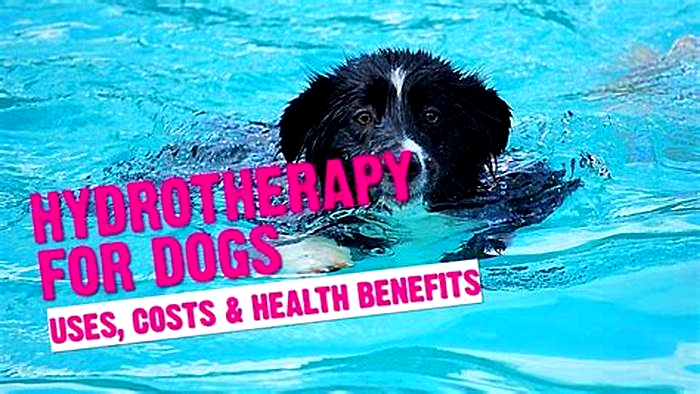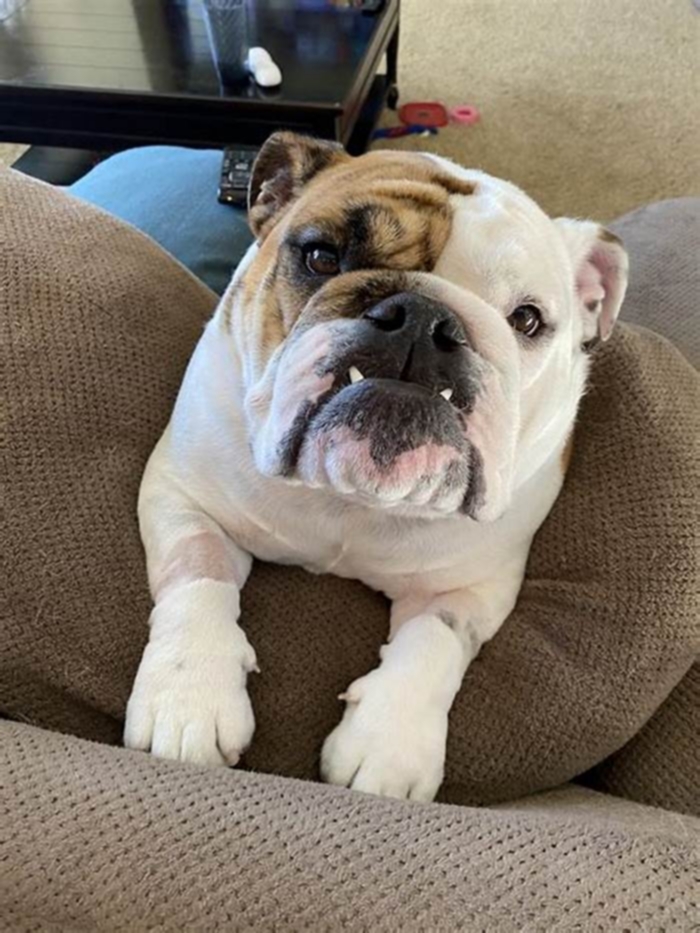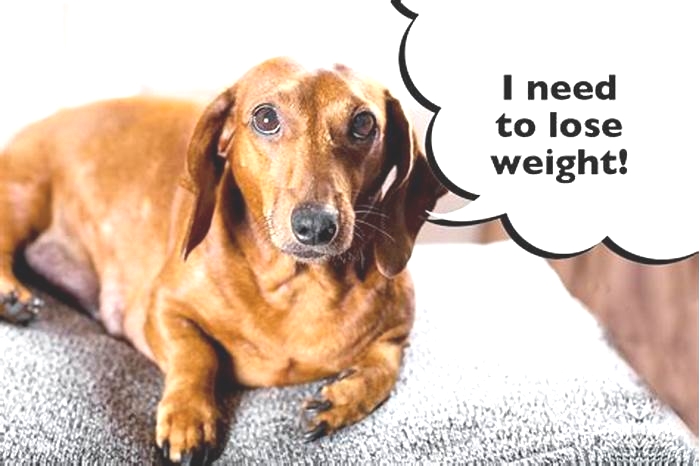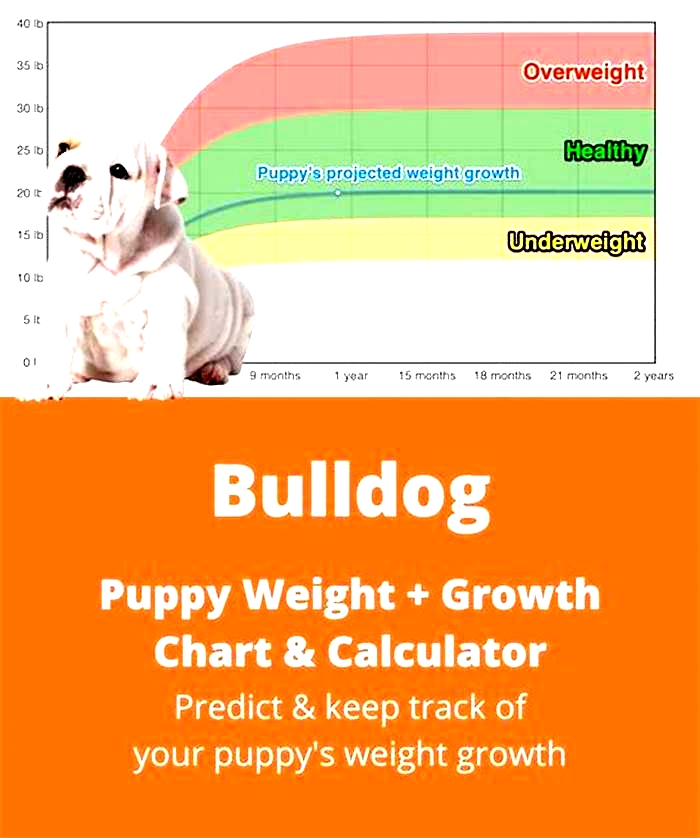How long does it take an obese dog to lose weight
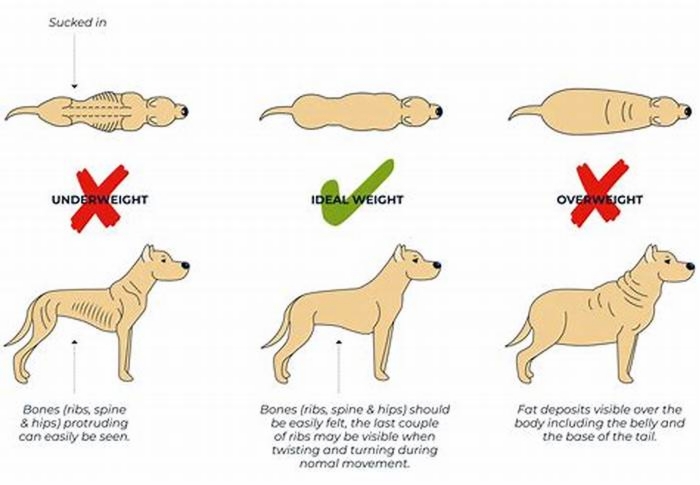
How to Help Your Overweight Dog Lose Weight
Want to know a simple secret that can help your overweight dog lose weight? And live longer, too?To be successful, every weight loss plan must be based upon one simple principle
Dogs that consume fewer calories than they burn lose weight
Simple, right? Yet if weight loss was truly that easy, why are so many pets overweight?
An Epidemic of Overweight Dogs
Today, dogs are fatter than ever. Its now estimated that 45% of all U.S. dogs are either overweight or obese.1
Thats 35 million dogs.
Whats worse, obesity can be life-threatening, too. An overweight dog is more likely to suffer from a disabling medical condition like
- Diabetes
- Arthritis
- Heart disease
- Lung disorders
- High blood pressure
- Immune dysfunction
- Cancerous tumors
Add Two Extra Yearsto Your Dogs Life
A recent study proves that dogs maintaining ideal body weight live almost two years longer (and with significantly less disease) than their overweight siblings.2
An overweight dog is more likely to die at a younger age
In other words, you can add nearly two extra years to your dogs life just by maintaining your pets ideal weight.
A Couch Potato Eating Machine
Unfortunately, many fail to recognize a fat dog.
Veterinarians report that although nearly 50% of all the dogs they see are overweight, only 17% of pet owners agree.
It can sometimes be difficult for an owner to admit her 80 pound dog is 20 pounds overweight not just big-boned.
Every day I hear pet owners comment, How can he be overweight? He hardly eats anything.
Obesity is frequently indicative that our dogs are sedentary, couch potato eating machines burning almost no calories.
The Solution
The obesity equation is actually very simple. Dogs that consume more calories than they burn gain weight.
So, to lose weight
Your dog must eat less and exercise more
Thats all there is to successful weight loss. Best of all, if you work out together, exercise can be great for you, too.
The GoalYour Dogs Ideal Weight
Start your plan by knowing your dogs ideal weight. Not only can your veterinarian help you do this, but she can also screen your pet for certain conditions that can contribute to obesity
- Diabetes
- Cushings Disease
- Hypothyroidism
You can also visit the Association for Pet Obesity Prevention for some suggested weight ranges for specific breeds.
How to Calculate Caloriesfor Weight Loss
Once you know your dogs ideal weight, youll be able to discover the amount of calories to feed your dog daily to achieve steady weight loss.
Use the Advisors dog food calculator to determine this important number.
While most dogs will experience predictable weight loss when fed this amount each day, others may require even fewer calories. This can depend on a dogs age and activity level.
The Problem with a Dog Food Label
Label recommendations are designed for weight maintenance not weight loss. Following these instructions will likely lead to continued gains.
To control weight, you must know how many calories are in a cup of food. Then, feed according to calories.
Also, if your dog is severely overweight, your vet may need to help you design a custom weight loss program for your pet.
The Wrong Way to Feed a Dog
Many dogs are fed free choice which means food is available 24 hours a day. So, the dog eats whenever it wants.
Free choice feeding is completely unnatural for any mammal. And (just like us humans), a dog will eat when bored instead of just when hungry.
Whats more, free feeding can contribute to unnatural hormonal changes which can make weight loss even more challenging.
And the Right Way
A dog should be fed two to four small portions a day. And the total number of calories for all meals and treats must equal the number of calories desired for weight loss.
If your schedule makes it difficult to follow this strategy, there are timed automatic feeders that can help your pet get the right amount of food.
And only at specific times.
Dont Guess Measure
Its critical to actually measure your dogs food. Never guess. Use an 8 ounce measuring cup not a coffee cup or a food scoop.
Then be sure to dispense the exact amount of food called for in your calculations.
The Trouble with MostWeight Loss Foods
Although there are many foods marketed for canine weight loss, not all are created equal. Products described as diet, lite or reduced-calorie may not be the best choice.
Many of these recipes replace meat content with high levels of carbohydrate fillers. This creates a low-calorie, bulky food that helps your dog feel full.
But only for a short time. Some arent very tasty and most tend to cause an increase in stool production.
These products can lead to dogs who are constantly hungry. Many times pets even gain weight due to the difficulty of staying on track in the face of persistent begging.
Most regular maintenance diets are high in calories (usually between 450 and 550 calories per cup or per can) making it easy to overfeed your pet.
Less Food More Begging
While weight loss can sometimes be achieved by feeding less of your dogs regular maintenance food, youll find you must feed very small amounts to achieve the reduced number of calories required to lose weight.
This leads to a pet that may feel less satisfied and begs more.
What to Look forin an Ideal Weight Loss Product
For successful weight loss, choose a quality dog food with
- Above-average protein3
- Below-average fat4
- Below-average calories5
A higher protein content helps a dog feel more satisfied with less begging. This makes it easier for you to stick to the diet.
These products also help combat muscle loss an unwelcome side effect with dieting.6
Lower calories allows your dog to eat more and still lose weight.
Weight loss is often easier to achieve by adding canned food to your dogs feeding regimen.
Canned products usually have higher protein, lower carbohydrates and fewer calories compared to a similar sized quantity of kibble.
Its also possible to achieve a good high protein weight loss diet by combining a high quality commercial dog food with low-calorie home-cooked foods. This should be accomplished with the help of your veterinarian or veterinary nutritionist.
Exercise. Exercise. Exercise.
Forty percent of American adults do not participate in any leisure time physical activity. So, no doubt our dogs are just as sedentary.
In humans, physical activity has been proven to
- Aid in weight loss
- Lessen heart disease
- Lower cholesterol levels
- Decrease the risk of diabetes
- Control anxiety and depression
- Reduce the risk of certain cancers
- Slow bone loss associated with advancing age
We can probably expect many of these same benefits for our pets.
So, get your dog moving. Take a walk. Run. Play fetch. Swim. Climb the stairs. Provide at least 30 minutes of brisk exercise every day to facilitate weight loss.
How to Monitor Your Dogs Weight Loss
Monitor your dogs progress. Weigh your dog at least every 1 to 2 weeks. Using the recommended guidelines, overweight or obese dogs should lose about 1% to 2% of their body weight each week.
If your dog is not losing weight, the daily calories may need to be restricted further.
Also make sure no one in the house is cheating by giving extra food or treats.
Once You Reach Your Goal
Once the ideal weight is reached, the amount of food your dog is eating will likely need to be increased.
Its important to continue weighing and monitoring your dog for any future change in weight.
So, keep a log. And make any necessary adjustments throughout your dogs life to maintain an ideal weight.
My Recommended Dog Foodsfor Weight Loss
To see a list of my current recommendations, be sure to visit the Advisors article, Dog Foods for Weight Loss.
Donna Spector, DVM, DACVIM is a renowned, board-certified Veterinary Internal Medicine Specialist.

Dr. Spector has written and lectured extensively on topics including animal nutrition, diabetes, gastrointestinal disorders, and kidney failure. She is widely acknowledged for her role as consulting veterinarian to Halo, Purely for Pets and her TV appearances with The Ellen DeGeneres Show.
Dr. Spectors online consulting service offers personalized and tailored medical, nutritional and weight loss consultations for owners of both dogs and cats.
She provides professional advice relating to urinary disorders, liver problems, immune diseases, intestinal issues, diabetes, asthma and other breathing conditions, hormonal problems and other internal medical complaints.
How Can I Get My Dog to Lose Weight?
Image via iStock.com/o_sa
By Dr. Sarah Wooten
Have you been frustrated because your dog doesnt lose weight, no matter what you do? Obesity in dogs is one of the biggest health concerns that veterinarians and pet guardians battle.
Sometimes, when it comes to weight loss for dogs, the answer is easy: reduce calories, increase exercise, and BOOMthe pounds come off. Other times, it isnt so simple.
If you have had your dog on the diet train and nothing is moving, try these five veterinarian-approved recommendations to tip the scales back toward a healthy weight.
Be Religious About Daily Calorie Limits
If you want to help a dog lose weight, then there are two non-negotiables that are necessary for success: you must have a daily calorie limit that has been calculated, and you must stay under that number.
A cheat day every now and then is okay, but in order to get the fat to burn away, the ins must be less than the outs, and the total daily calorie count matters. This is especially true for small dogseven an extra kibble or two every day or will add up to unhealthy weight.
Not sure what your dogs daily calorie limit should be? The easiest way is to ask your veterinarianmany vets are happy to calculate this number for you. They can also tell you what your dogs ideal weight goal is.
You can also visit Pet Nutrition Alliance and use their online calculator to calculate the calories. Once you have this number, then you will need to divide it by the kcal/cup number that is on your dog food bag. This will be on the back, in the AAFCO nutritional statement. If you cant find it, ask your veterinarian or veterinary technician for helpthey can point it out to you.
Once you divide the total daily calories by the kcal/cup, that will give you the number of 8-ounce cups of food to feed per day. If there is a decimal, round down to the closest measurable number, such as , or . If you feed treats, make sure to include those in the total daily calorie count as well!
No More Doggy Dishwasher
One overlooked source of excessive calories is people food. Yes, feeding dog treats and sharing food is an important part of the bond you share with your dog, but your heartwarming goodies might be sabotaging your weight-loss efforts.
If you feed any people food, include it in the daily calorie count. Dont forget to add calories consumed from licking plates clean! Many people let their dogs lick their plates after they finish eating or while they sit in the dishwasher, but this is where sneaky calories hide, even in BBQ sauce remnants.
Either stop letting your dog wash the dishes, or include it in the daily calorie count.
Super Sleuth Serial Food Sneaking
Do you have kids? Do they drop food? Does your dog snarf up crumbs? This could be a source of excess calories. Do you have grandparents that drop by with dog biscuitsin their pocket? This is also a source of excess calories.
Do you have multiple pets? Is your pup finishing other pets food? This is another source of excess calories.
You may have to do a little sleuthing to see if somebody is secretly feeding your dog extra food or if your dog is a serial food sneaker. People are often surprised at how far their enterprising pooches will go to find food.
It can be challenging to stick to the total daily calorie count when there are multiple people or children feeding one dog. Have a family meeting, decide who is going to feed the dog, and get everyone to agree to not feed extra.
The best practice is to set out what your dog will eat for the day in baggies, and when it is gone for the day, it is gone. No. More. Food.
Utilize a Therapeutic Diet
Food technology has come a long way, especially when it comes to therapeutic diets. In particular, Hills Prescription Diet metabolic weight management dog food has been a miracle product for many dogs that arent losing weight.
If the needle wont budge even though you have cut back calories and increased exercise, try feeding a therapeutic weight control dog food, like Metabolic diet, instead of your dogs regular maintenance diet.
There are ingredients, like L-carnitine, that help ramp up fat burning, and the food still delivers a complete and balanced diet even though calories are restricted. The same cannot be said for feeding restricted amounts of regular dog food.
Have Your Dogs Hormones Checked
Most dogs should be able to reach their weight-loss goals within three to six months.
If you have followed all of these instructions and been religious about the weight-loss program and still arent seeing results, then maybe your dogs hormones are to blame. Just like people, dogs can have hormonal imbalances that lead to weight gain and having difficulty losing weight.
Conditions like Cushings syndrome (hyperadrenocorticism) in dogs and a sluggish thyroid are common hormonal problems that will make it difficult for a dog to lose weight. If you are several months into the weight-loss program and are not seeing results, then schedule an appointment with your veterinarian and ask to have your dogs hormones checked.
If your dog has one of these hormonal problems, prescription pet medicationis available to correct the condition and get your dog back on track to a healthy lifestyle.
Follow these veterinarian-recommended tips, and you should see success with your dogs weight loss.

